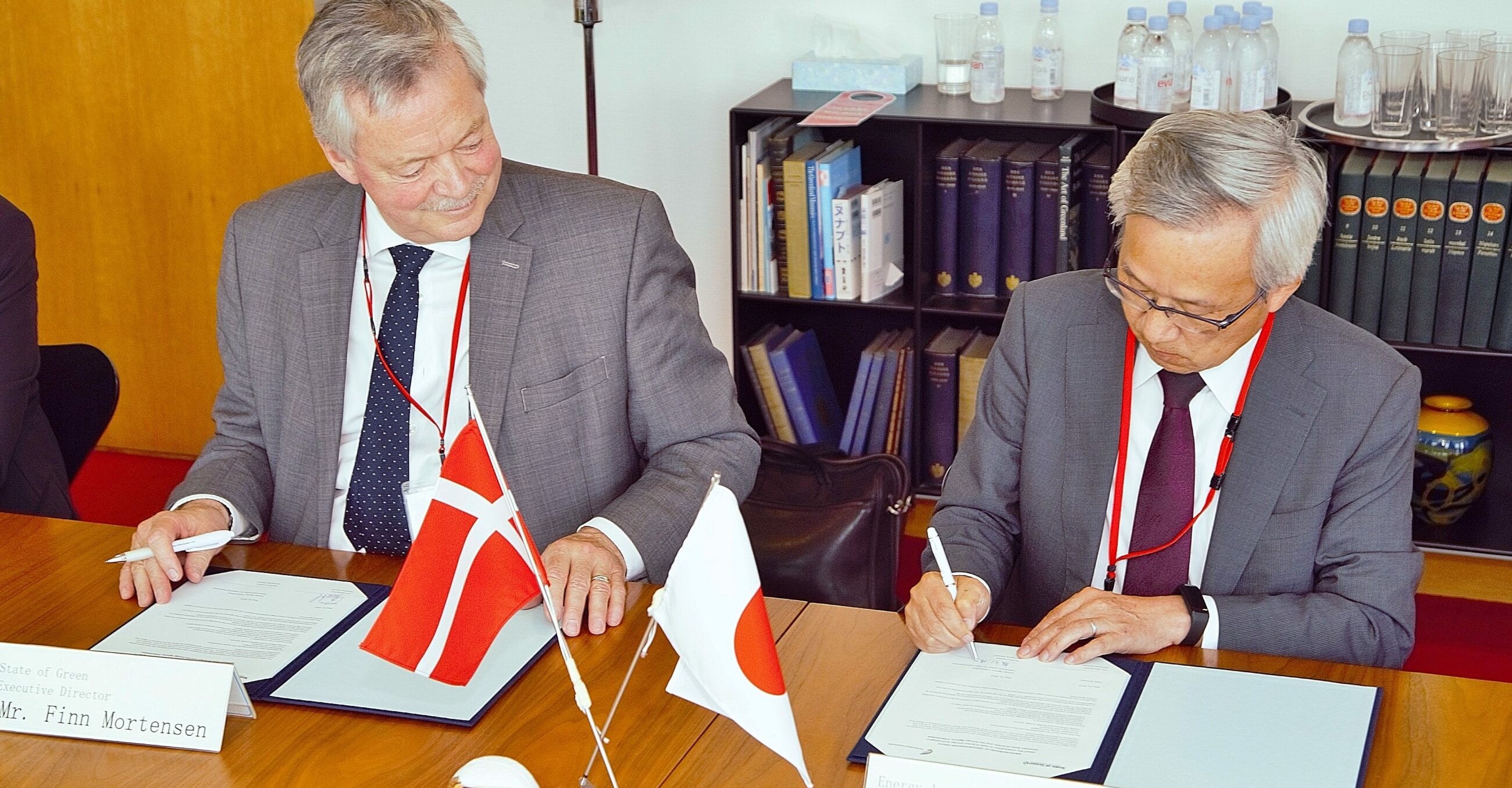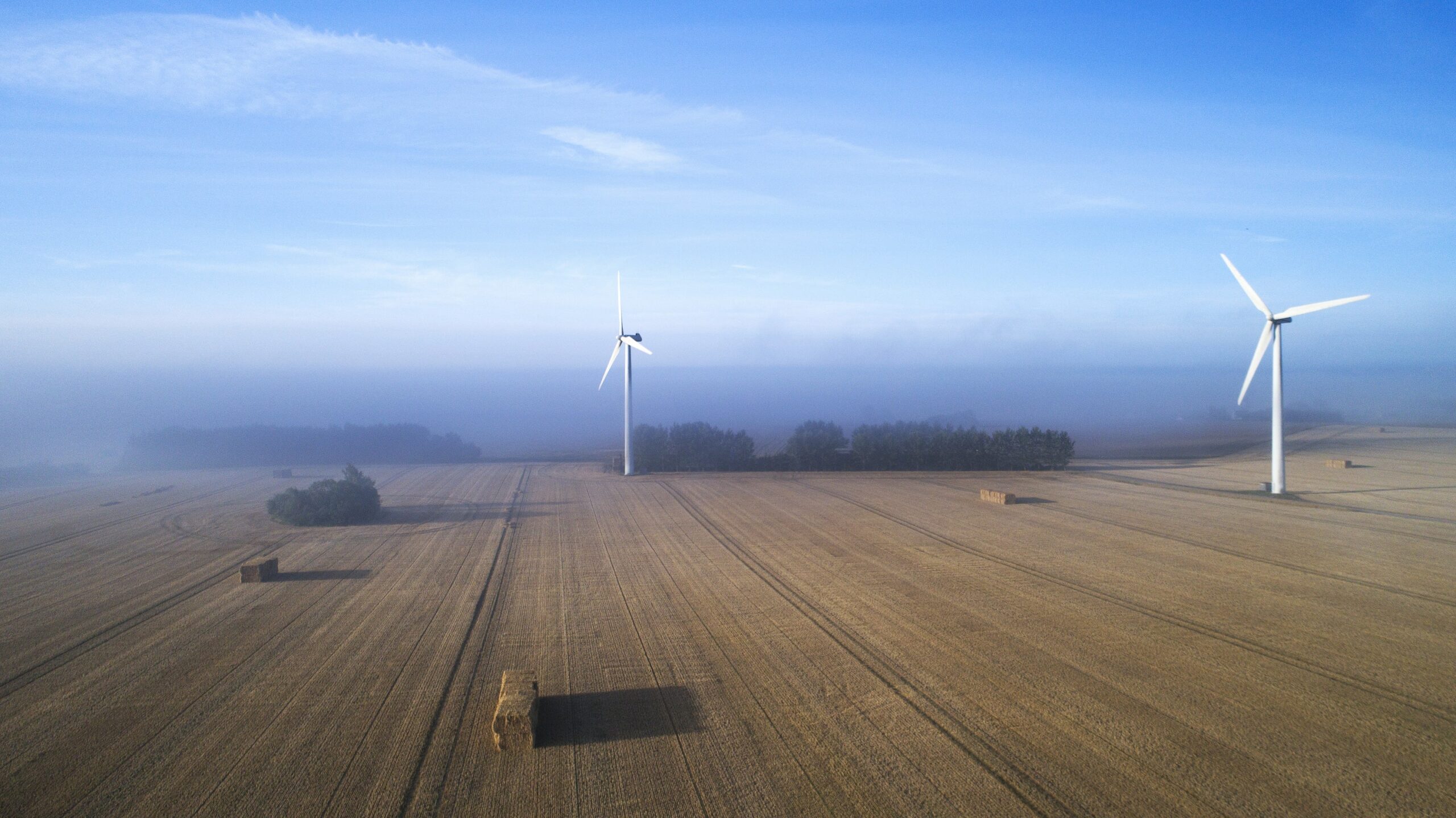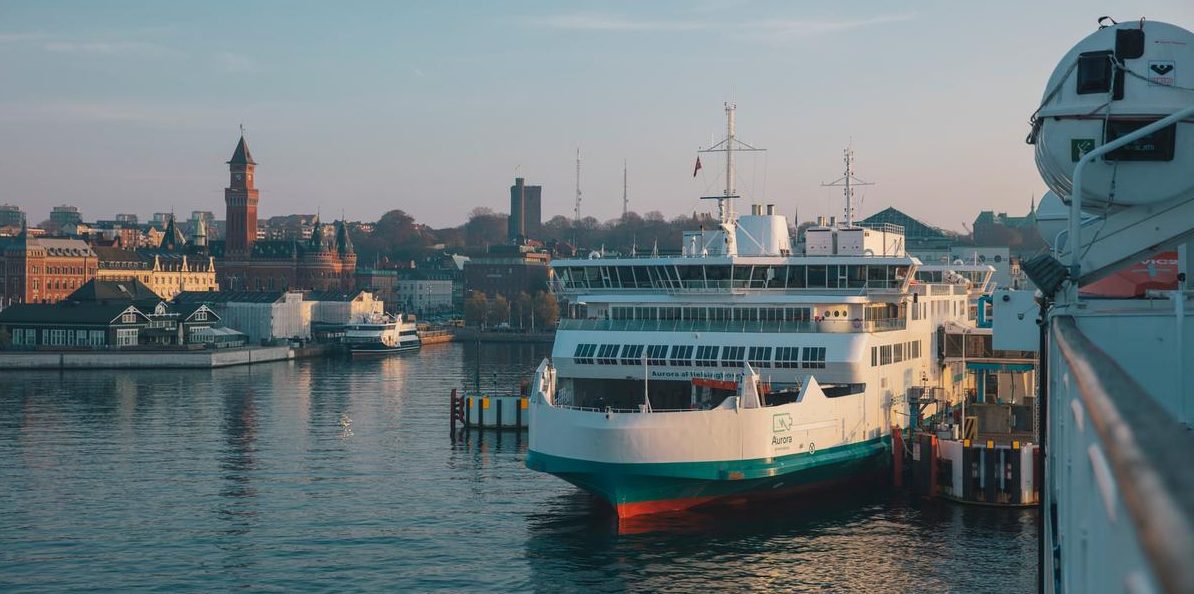News
Circular business models
District energy
Smart energy systems
Reuse, reduce, recycle: Japan and Denmark moving ahead on a circular economy


Transitioning from a linear take-make-waste economic model to a circular economic model is not an easy task. However, if it is done right, circular economy can deliver key environmental benefits, reduce costs and create jobs. To overcome global challenges such as lack of natural resources and accumulating waste, a transition to a more circular economy is vital. Denmark has a long track record of environmental protection and transitioning towards a green and resource-efficient economy, and Danish companies are developing pioneering circular economy solutions.
Japan and circular economy
Last Friday a circular economy seminar was conducted in Tokyo, and the Danish participants included, among others, two Danish companies located in Japan and Finn Mortensen, Executive Director of State of Green. At the seminar, the new Japanese version of State of Green’s Circular Economy White Paper was launched and presented to the audience to strengthen and develop the cooperation between Japan and Denmark within circular economy.
The focus of the seminar was policies around circular economy in both Denmark and Japan as well as Danish and Japanese companies’ circular economy initiatives.
-Related news: Financing the circular economy
The next step
On Thursday May 23, the EnergyAgency.FUKUSHIMA and State of Green signed a MoU (Memorandum of Understanding) in order to cooperate within the renewable energy sector.
The energy agency focuses largely on renewable energy and aims to be Japan’s top producer of clean energy, while balancing the environment and economy. Renewable energy in Japan is in rapid development and Japan is a current front-runner in terms of investing in the environment and energy technology. One of Japan’s initiatives is e.g. to liberalise the electric market and encourage the development of green energy and energy efficiency. The MoU strengthens the cooperation between Japan and Denmark, and the next step is to conduct visits promoting knowledge exchange and inspiration between the two countries.
-Related news: A visit from Japan: Learning from Danish district heating systems
Inside the White Paper: Circular Economy – Denmark as a circular economy solution hub
The purpose of the white paper is to contribute to the common understanding of circular economy and, through practical examples, illustrate how Danish companies provide solutions that help the transition towards a circular economy. More specifically, the White Paper highlights the following:
- From a linear to a circular economy: Transforming our society towards a more sustainable path.
- Designing products for the circular economy: Circular economy principles at the heart of companies’ design processes
- Circular consumption through innovative business models: New circular economy business models can promote more sustainable production and consumption.
- Looping resources: In a circular economy, waste is a resource.
- Resource-efficient production: Resource efficiency and industrial symbioses contribute to the circular economy.
- Turning biological side streams into value: Bio-products from agriculture possess a great potential for recirculation.
- Building circular: Realising the enormous potential of a circular economy in the built environment.
- Unleashing the potential of circular economy: The circular economy is here to stay – and Danish companies can help accelerate the transition.
To learn about Denmark and circular economy, download the White Paper here















